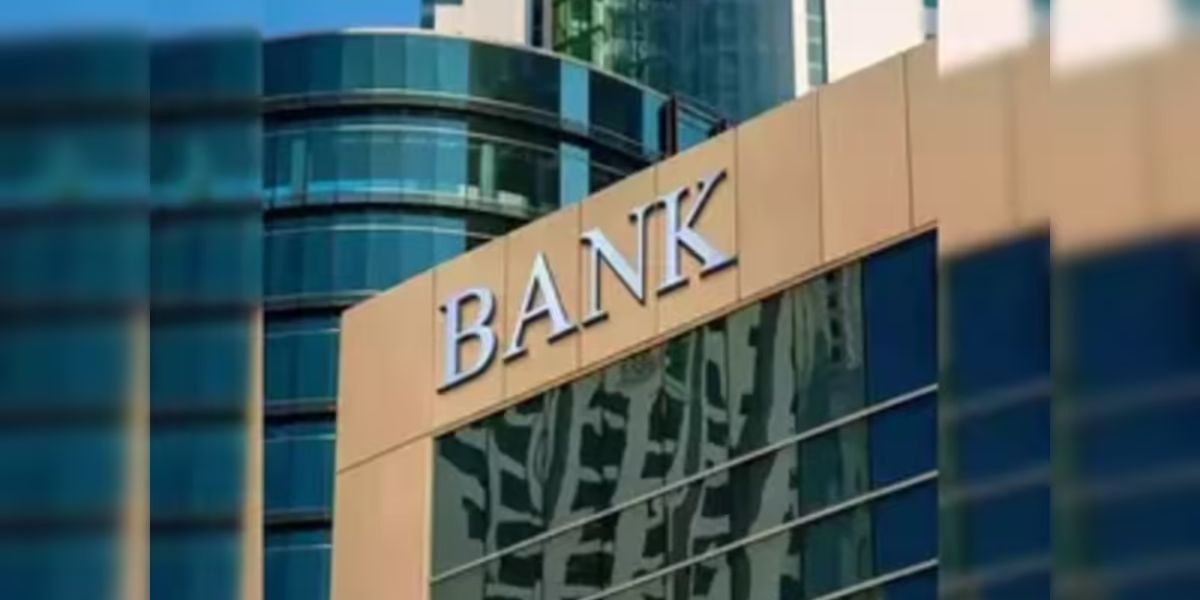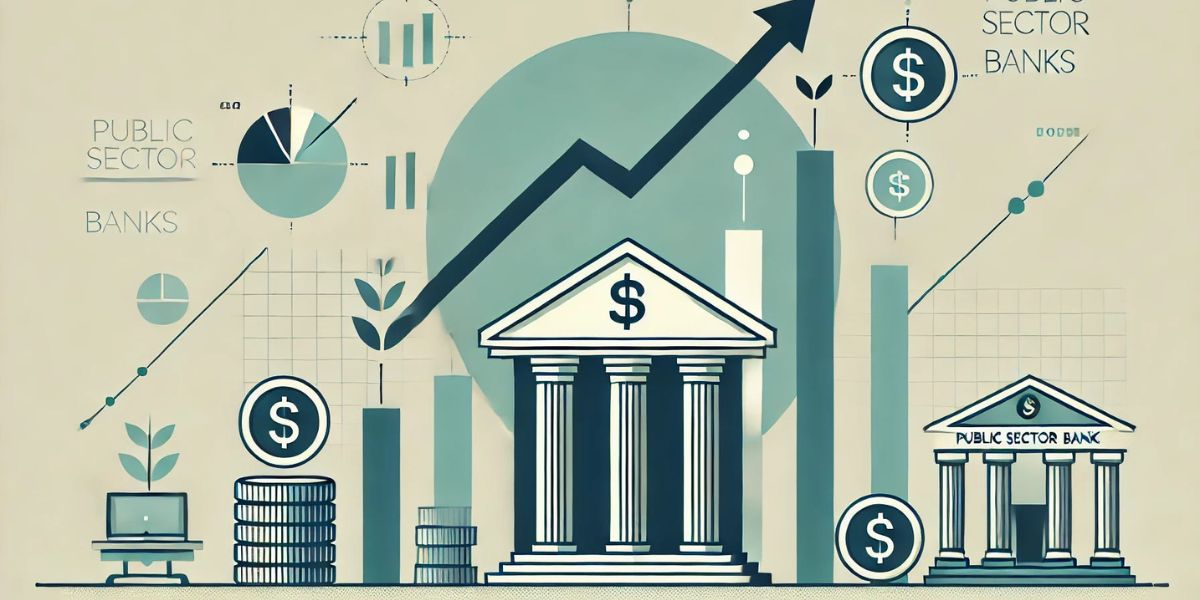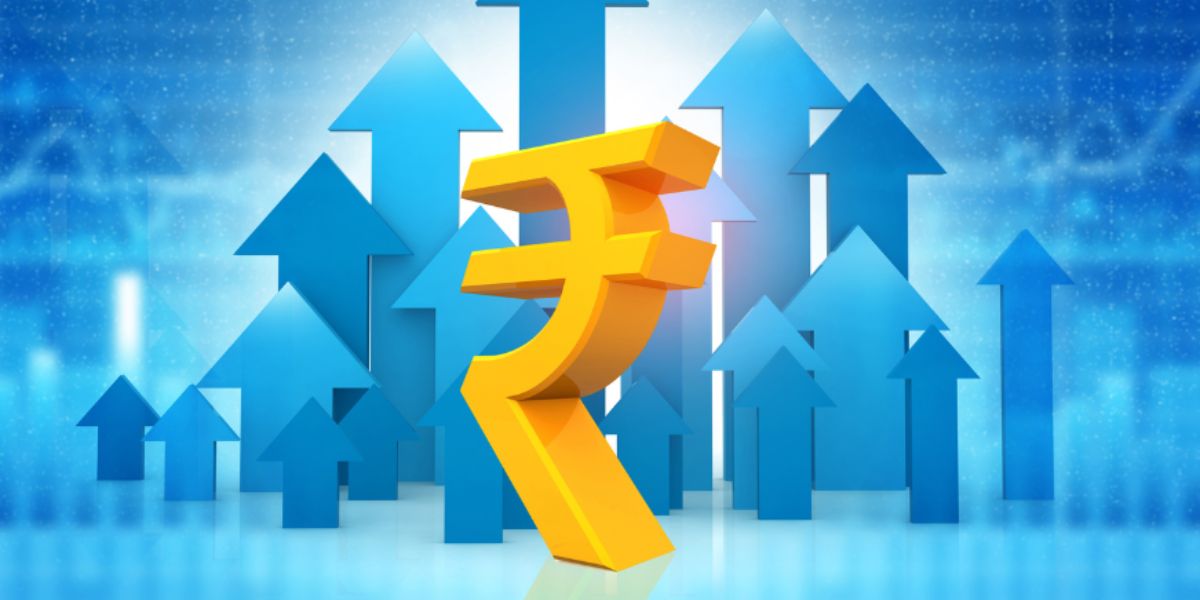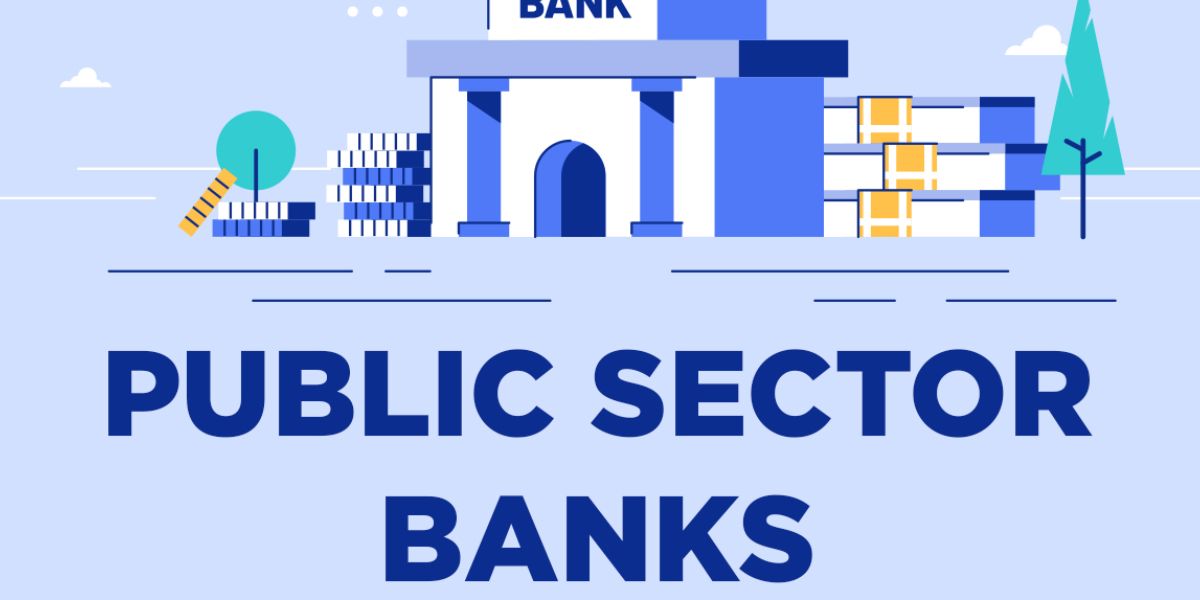In recent months, the demand for loans from Public Sector Undertaking (PSU) banks has surged across India, signalling both renewed economic activity and evolving financial behavior among consumers and businesses. As credit growth accelerates, policymakers and financial experts are closely analyzing what this trend could mean for India’s broader economic outlook.
Understanding the Surge in Loan Demand
Public sector banks, which form the backbone of India’s financial system, have witnessed a steady increase in loan applications across segments like retail, agriculture, MSMEs (micro, small, and medium enterprises), and housing. According to data from the Reserve Bank of India (RBI), credit growth in PSU banks has outpaced that of private sector counterparts in certain quarters of FY2025.
Table of Contents
The key drivers of this surge include rising consumer confidence, government-led infrastructure spending, and a steady increase in personal consumption. For individuals, lower interest rates on home and vehicle loans have made borrowing more attractive, while businesses have sought credit to expand capacity and meet post-pandemic demand.
Factors Fueling the Growth
Several macroeconomic and policy-level factors are contributing to this rising loan demand:
- Economic Recovery and Consumption Growth: India’s GDP has shown consistent growth, supported by domestic demand and government investments. This recovery has naturally boosted borrowing appetite.
- Government Initiatives: Programs like PMEGP, Mudra Yojana, and credit-linked capital subsidy schemes have encouraged small businesses to tap formal lending channels.
- Improved Banking Health: PSU banks have strengthened their balance sheets through bad loan resolution, recapitalization, and digital transformation, making them more capable of extending credit efficiently.
- Digital Banking Expansion: With digital onboarding and AI-based credit assessment tools, PSU banks are reaching new borrowers in rural and semi-urban India.
Implications for Economic Growth
The expansion in PSU bank lending directly impacts several economic indicators. Increased credit availability supports investment, boosts consumer spending, and helps drive GDP growth. When businesses gain access to affordable financing, they can expand operations, hire more workers, and invest in innovation—all of which fuel long-term economic momentum.
However, economists caution that while credit growth is generally positive, unchecked lending without strong risk management can lead to asset quality deterioration. Ensuring that loans are directed toward productive sectors, rather than speculative or non-performing ones, is crucial for sustainable growth.
“The current rise in PSU bank lending is a sign of economic resilience, but it must be accompanied by prudent underwriting standards and continuous monitoring,” said a senior RBI official during a recent policy briefing.
Impact on Consumers and Businesses
For consumers, the rise in PSU lending means easier access to credit for home, vehicle, and education loans, often at lower interest rates compared to private banks. Many borrowers also trust PSU banks for their stability, wider reach, and government backing.
For MSMEs, the availability of working capital and term loans can make the difference between stagnation and growth. As government initiatives encourage local manufacturing and exports, PSU banks have become a key link in India’s production and employment chain.
Challenges and Risks
Despite the positive trend, certain challenges remain. PSU banks must continue improving credit assessment mechanisms to avoid non-performing asset (NPA) accumulation. Rural loan disbursement also requires robust financial literacy programs to prevent over-indebtedness among borrowers.
Inflationary pressures and potential interest rate hikes could also dampen demand in the medium term. A balance between supporting economic growth and maintaining financial stability will be key for policymakers and lenders alike.
The Road Ahead for PSU Banks
Going forward, PSU banks are expected to leverage data analytics, digital platforms, and partnerships with fintech firms to manage the growing volume of loan applications while maintaining credit quality. With India’s economy projected to grow steadily in 2025–2026, the role of PSU banks in channeling funds toward sustainable sectors will remain pivotal.
Moreover, efforts to strengthen governance, streamline decision-making, and improve transparency will enhance public trust and operational efficiency. As PSU banks modernize, their ability to serve as engines of inclusive growth will expand even further.
Conclusion
The rising demand for PSU bank loans reflects both consumer optimism and business expansion across India. While this trend bodes well for the economy, maintaining responsible lending practices and focusing on productive sectors will be essential to sustaining growth.
A robust PSU banking system—anchored in technology, transparency, and trust—can continue to power India’s next phase of economic transformation.
Call to Action: What are your views on the growing role of PSU banks in India’s financial revival? Share your insights in the comments and explore more updates on IndiaPublicSector.com.









